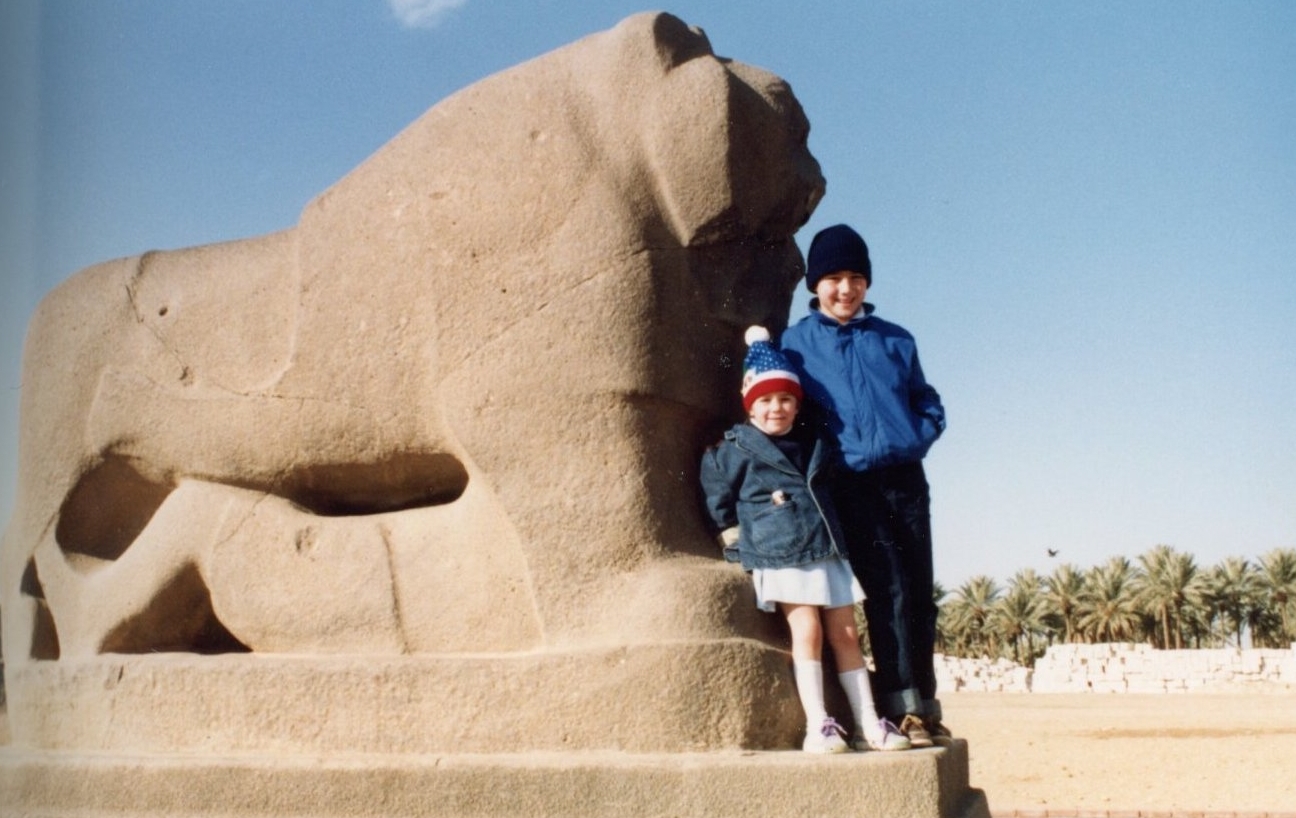A Trip for the Ages
Dr. Basel Al-Aswad,
December 2023
Having settled in the US, 17 years after arrival, and achieving stability both personally with my small nuclear family and professionally in my Orthopedic practice, I was still longing to go back to the old country. Specifically, Baghdad, where I was born, raised, educated, graduated from Medical School and served my military service up to 24 years old. My parents and few others in my family had visited and stayed at my home in OakBrook, IL, for short periods in the early and mid 1980’s, but I yearned to see the rest of my large clan, old childhood friends, and also to bring back the nice memories of streets and neighborhoods I roamed in my early years, immersed in the sights and smells of souks and riverside cafes. The devastating Iran-Iraq war had dragged on for years preventing the fulfillment of my wishes when suddenly it was over in the summer of 1988. I could not have foreseen the next two years were a rare interval of stability in Iraq to be followed by more wars, embargos, and untold tragedies in my country of origin. Following my intuition, I started planning for the most memorable journey into my past and introducing it firsthand to my wife Rosalind (Roz) and two children, Chris, nine, and Mandy, five years old then.
We arrived in Baghdad on December 19, 1988 and stayed for the most action packed two weeks of our lives.
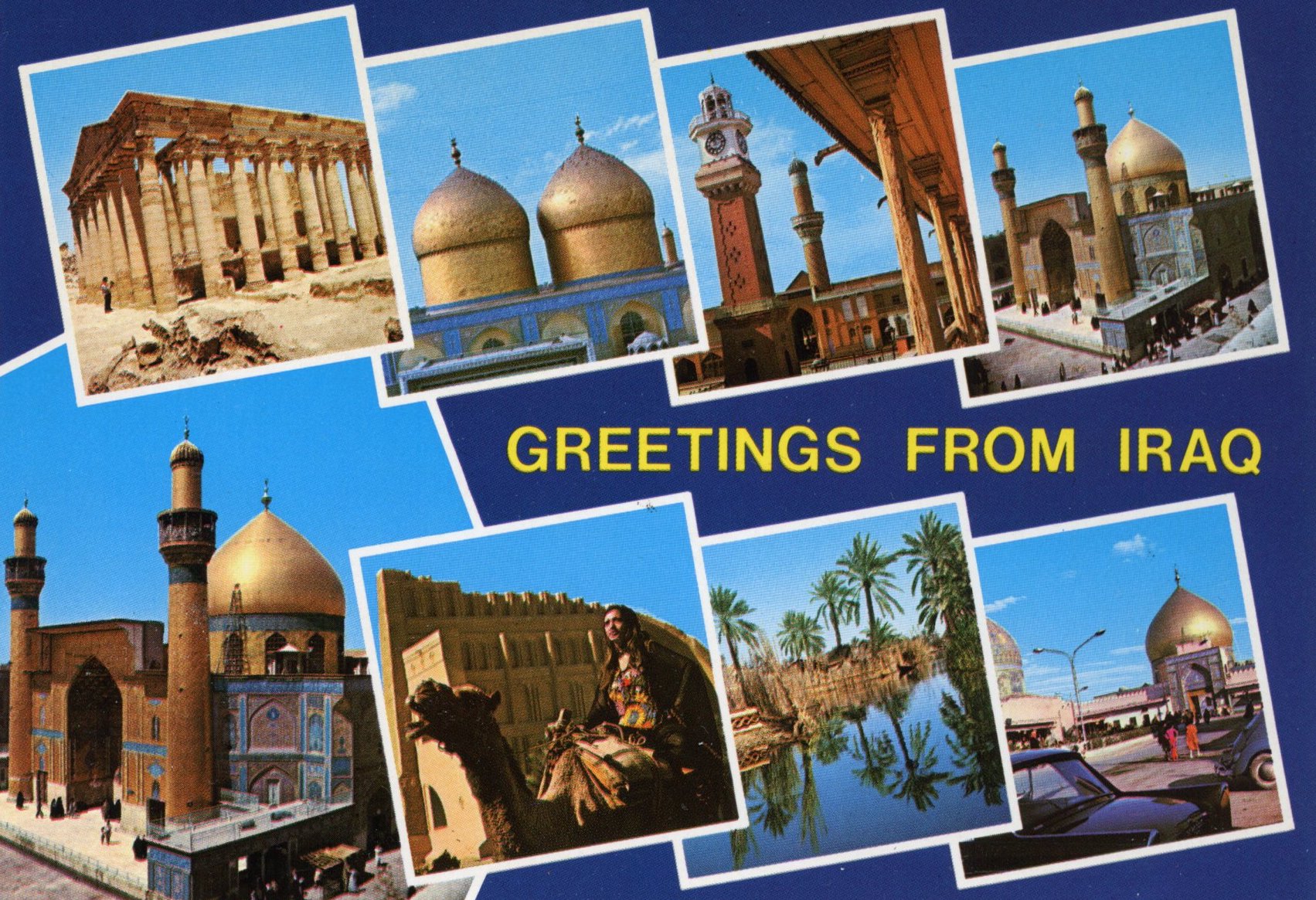
We arrived in Baghdad on December 19, 1988, and stayed for the most action-packed two weeks of our lives. Between visiting my numerous relatives, museums, art galleries, monuments, and historical places, there was no time to spare and rest. Staying in my childhood home and sleeping in my old bedroom I felt transported back in time. It was an emotional whirlwind and I felt like I was on steroids most of the time. Luckily, I had promised my wife that we would spend a few days in Switzerland on the way back to Chicago, and I used it to decompress and slow down a bit.
To narrate this unforgettable trip would take more pages than my readers would want to go through. However, another gift from my late wife, the artist: an album of pictures, comments, and posters that I had lost for years and rediscovered recently when Mandy, my daughter, was packing to move to the suburbs. I offer here a small selection of this album to give you, my readers, a glimpse of Baghdad and its environs 35 years ago, along with brief comments.
Houses, old and new:
A contrast: The old house my maternal grandfather built in 1941, where my parents got married in 1944 and I was born in 1946, a mansion where we all lived, with my uncles and aunts till my parents and their two children moved to the new smaller one nearby in the Saadoun neighborhood around 1952. The rest stayed in the big house till 1956.
Later on it became a private general hospital (Al-Faithi), an eye hospital (Artinian), and then a management office, practice facility, and storage for the Baghdad Symphony Orchestra. It has sadly deteriorated in the last couple of decades along with worsening economic and security conditions, and now it houses squatters and others dispossessed.
My parents’ house had a few additions but looked pretty good in 1988. The inside furnishings and decor were typical of that period. Roz was fixated on the home heaters fueled with gasoline
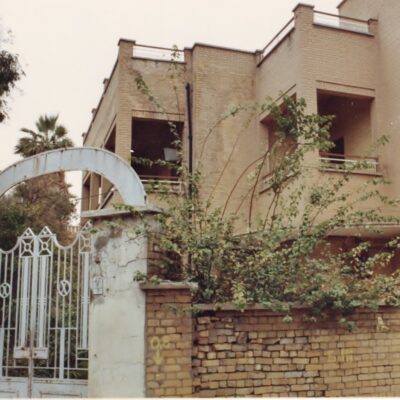
Grandfather Abdul Ahad Nemo old house
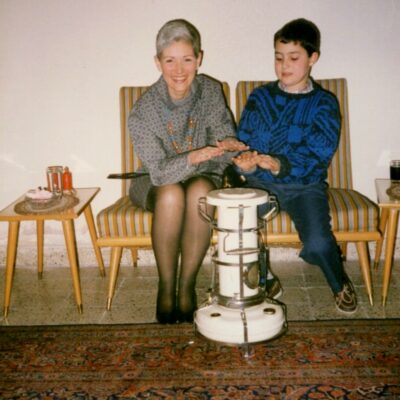
Roz and Chris warming up
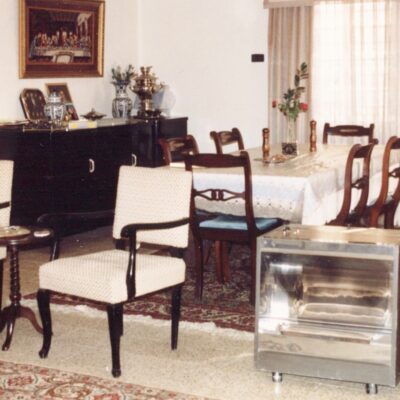
Parents Ibrahim and Najia house, interior view
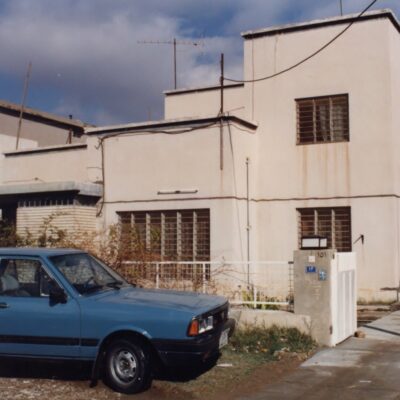
Parents Ibrahim and Najia house, exterior view
Street sceens and markets
We got a taste of authentic Baghdad of earlier decades. We found hard working women baking bread right on the sidewalk just around the corner from our house. We explored famous markets such as the jewelers of Al-Nahr street and experienced the hustle and bustle of shopping and endless bargaining. Souk Al-Saffafeer with its pots, pans and distinctive sounds brought me back to my childhood visits to grandfather’s khan in the 1950’s.
The typical markets with the hustle and bustle of everyday life, shopping and endless bargaining.

Woman baking bread in street near our house / Saadoun Park Neighborhood
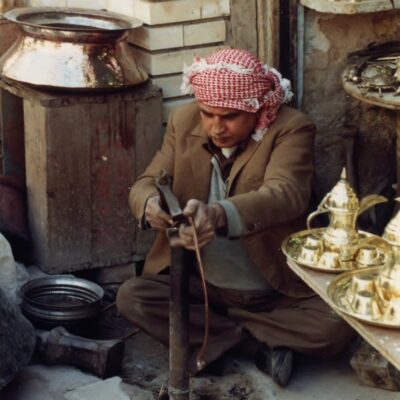
Coppersmith at Souk Al-Safafeer

Street in Hilla near Babylon
Museums and monuments
Nothing escaped us. We visited the main monuments related to the war just ended (Iran-Iraq), highlighting the legacy of Saddam Hussein. We were fortunate to witness the treasures inside the glorious Iraq Museum in its heyday prior to being looted years later. The art galleries were also on our agenda and Roz, the artist, was impressed with the high quality of the modern Iraqi art exhibited in them.
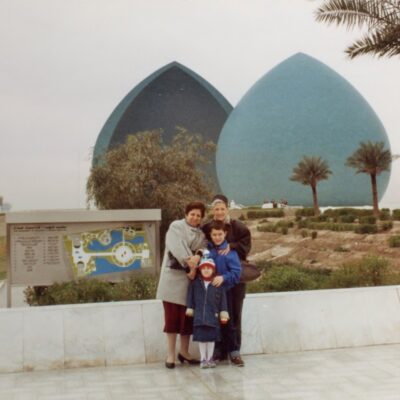
Al- Shaheed Monument, Roz with the children
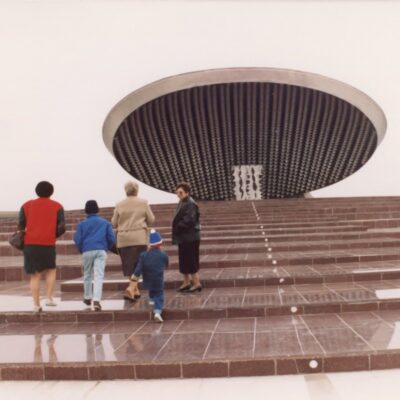
The Unknown Soldier monument
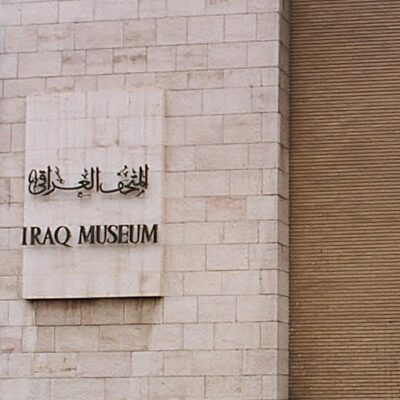
Iraq Museum entrance sign, Sallhiya, Baghdad
The art galleries were also on our agenda and Roz, the artist, was impressed with the high quality of the modern Iraqi art exhibited in them.
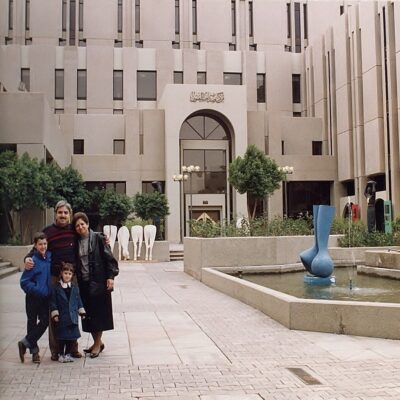
Saddam Centre for Arts, Haifa Street, Baghdad
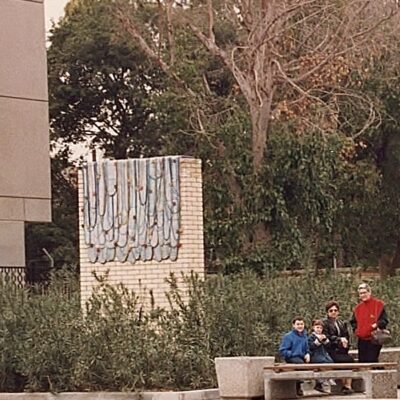
Saddam Centre for Arts, Haifa Street, Baghdad
Road trips and history
Day trips to Babylon and the Ctesiphon reminded us of the ancient civilizations and empires of Iraq. I was surprised by the archeological efforts at restoration in Babylon, especially Ishtar Gate and The Procession Street. Sadly, there were hardly any visitors while we were there, but Chris and Mandy were thrilled to be basking in front of the “Lion of Babylon” monument. Going to visit the massive Archway of Ctesiphon (Taq Kasra) south of Baghdad reminded me of earlier times in the 1950’s when we went for picnics among the palm trees and groves by the Tigris in Salman Pak. The recent museum there depicting the important battle of al-Qadisiyya of 636 AD was impressive
I was surprised by the archeological efforts at restoration in Babylon, especially Ishtar Gate and The Procession Street.
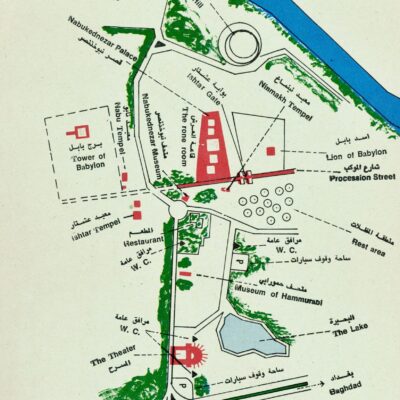
Map of Babylon historic site
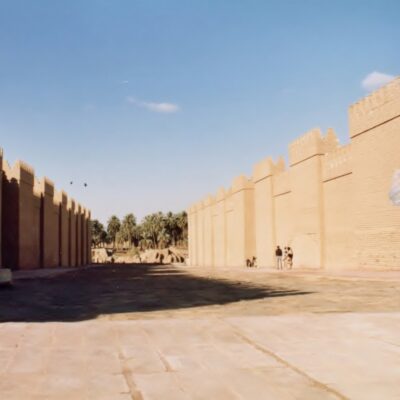
Babylon Procession Street, restored
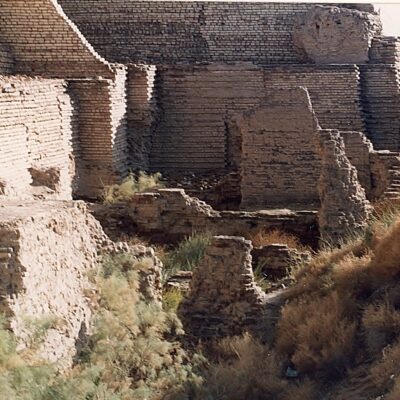
Babylon archaeological site, excavated unrestored
Family, friends and nostalgia
That was of course the main focus of our trip and we made the most of it, at times visiting one’s home at lunch, another for afternoon tea and a third for late dinner in the evening. We celebrated birthdays (Mandy’s), weddings (cousin Naamat) and attended a wake (great aunt). We remembered old times and discussed future plans.
However, I could not have imagined that it would be the last time the bulk of my family from both maternal, Nemo’s and paternal, Al-Aswad’s sides would be in one place, Baghdad.
By the early 1990s, in the aftermath of the first Gulf War, the exodus started, accelerating over the next two decades. Today there is only a small contingent of my family left in Baghdad, the rest scattered all over the world, Europe, North America, as well as Australia and New Zealand. That is not only our story but millions of Iraqis, Arabs, and other peoples. In fact, migration and immigration is the essential story of humanity.

Mandy celebrating 5th Birthday
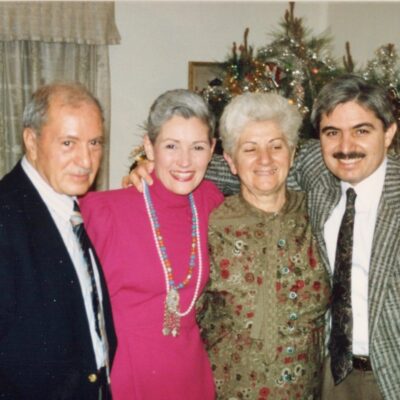
Basel, with Roz and parents
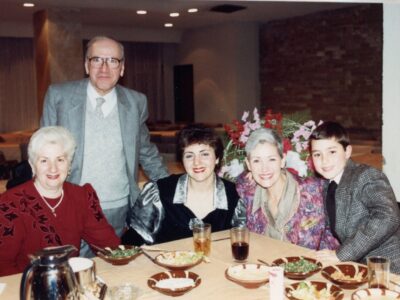
Uncle Faraj and family

Newlywed cousin Naamat and Maha with Basel and kids

At our friends the Khadori's beautiful home
Post trip and late effects
Roz, my wife and the artist, sketched in a book throughout the trip. She collected artifacts, newspaper clips, and political brochures back to Chicago. Once home she started a series of large oil paintings depicting family and the politics of a strong one-person rule from an outsider perspective. It all intrigued her. Even though they were relatively benign and not overtly critical I was concerned about any repercussions to the rest of my family in Iraq and they were not publicly exhibited for many years. Eventually in 2005 two years after she passed away, we had a celebratory full exhibition of all her paintings in a wonderful exhibition hall in association with her alma mater, The School of the Art Institute of Chicago. The Iraq paintings were a major part of it.
In addition, she wrote about her impressions of the multiple aspects of Iraqi society in an essay named “Trouble in the Garden of Eden”. Here is a short excerpt: “The people are warm and very outgoing. They have expressive features and round faces. Most of the men have black mustaches. My children joined right in with all their cousins, aunts and uncles, laughing, talking in English and Arabic, and eating. Basel was like a duck put back in water. He blended right back in with his round face, black mustache and tribal dialect, enjoying every minute of the lively conversation he shared”.
The writer and artist in her, captured the essence. The title was unfortunately prophetic. Art has thus preserved this memorable trip in addition to pictures and stories written and unwritten.

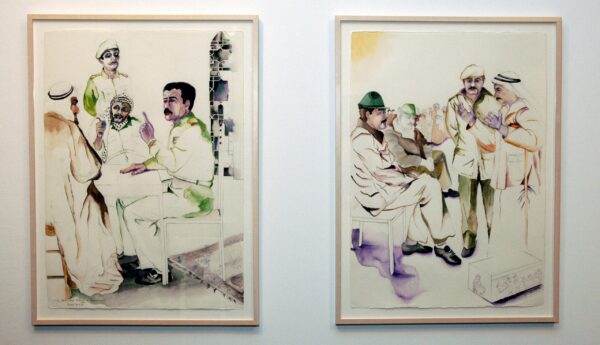
Roz, my wife and the artist sketched in a book throughout the trip. She collected artifacts, and events posters back to Chicago.
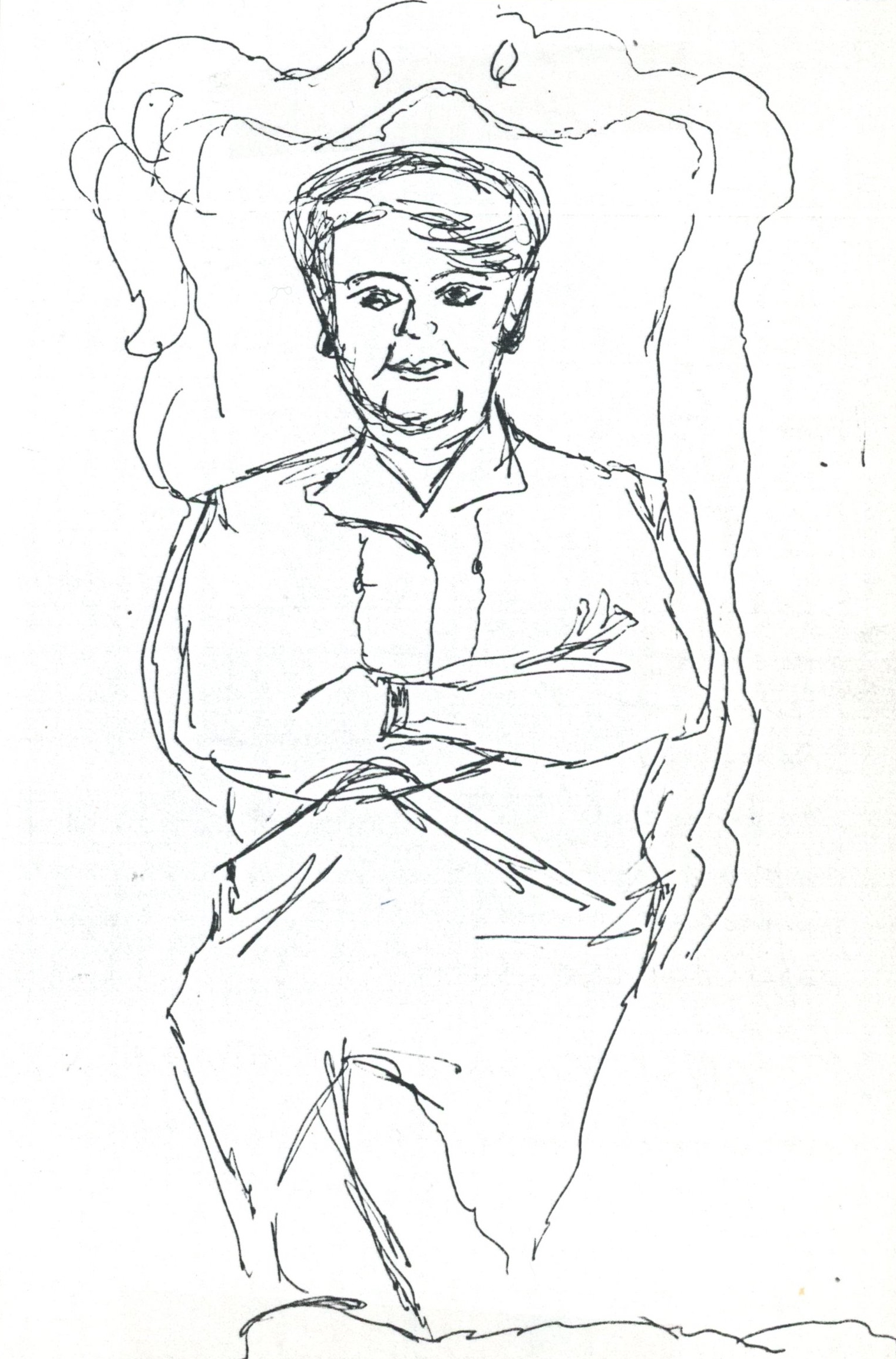
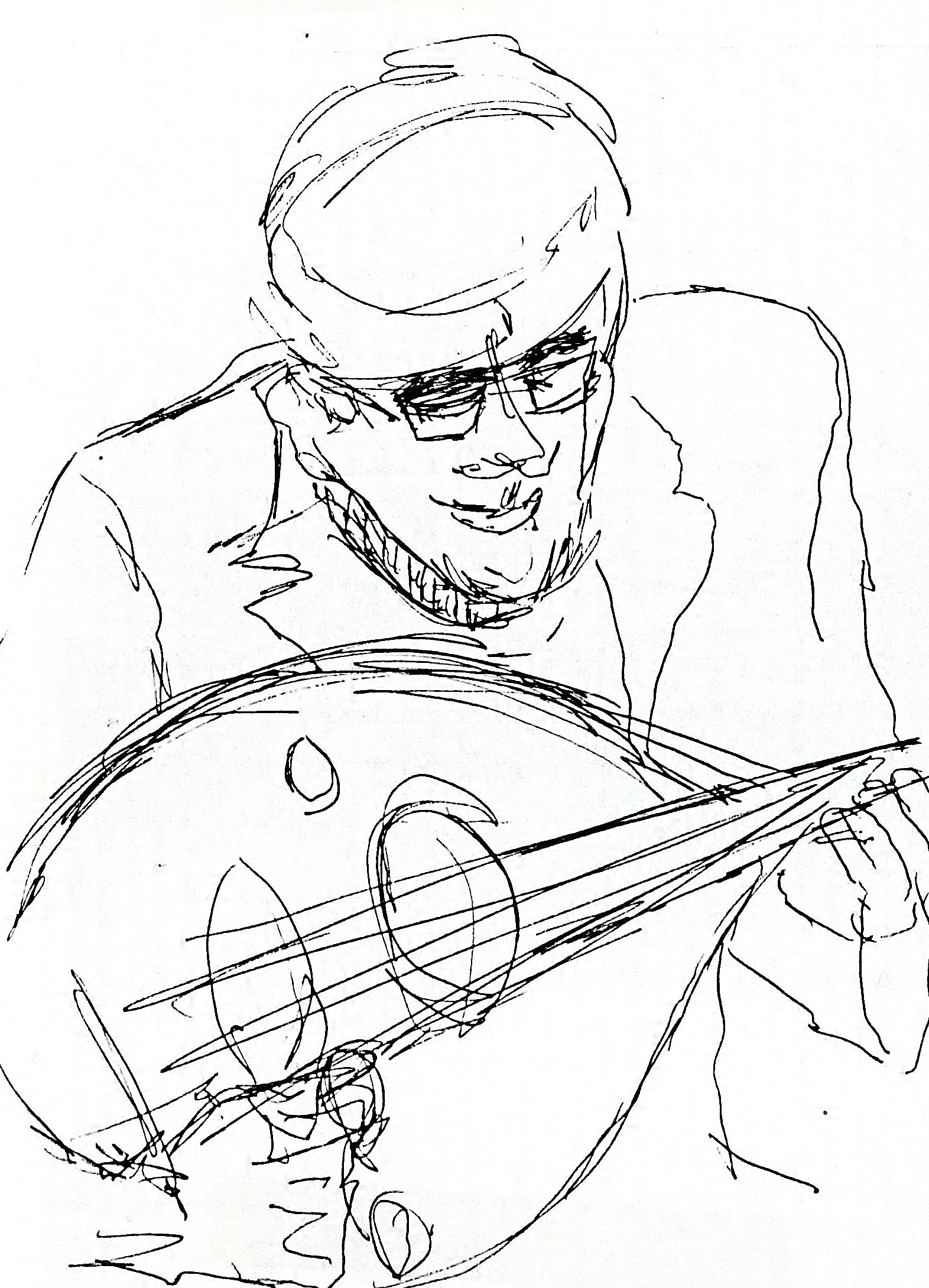

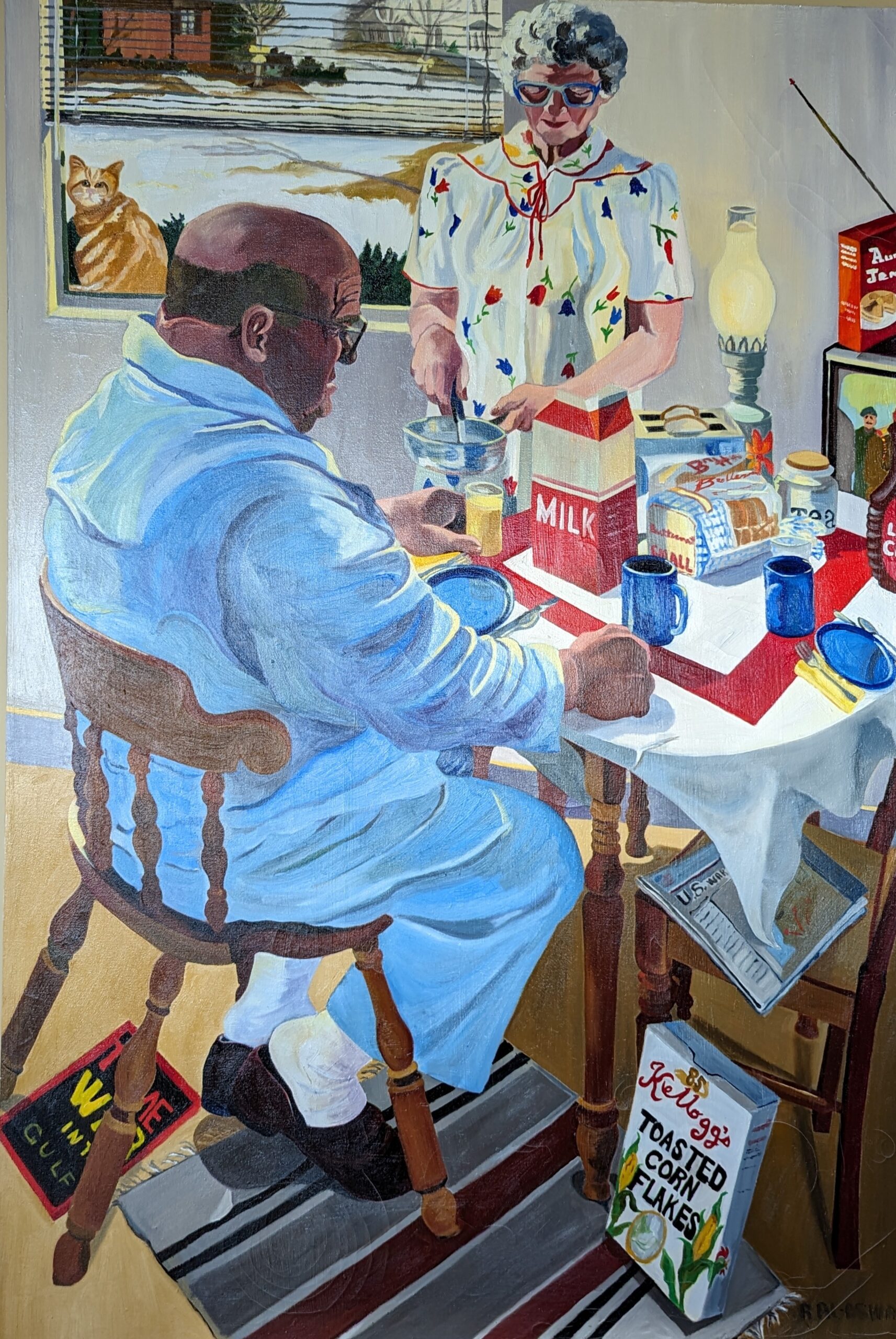
``Good Morning America`` oil on linen 1993 Roz Al-Aswad
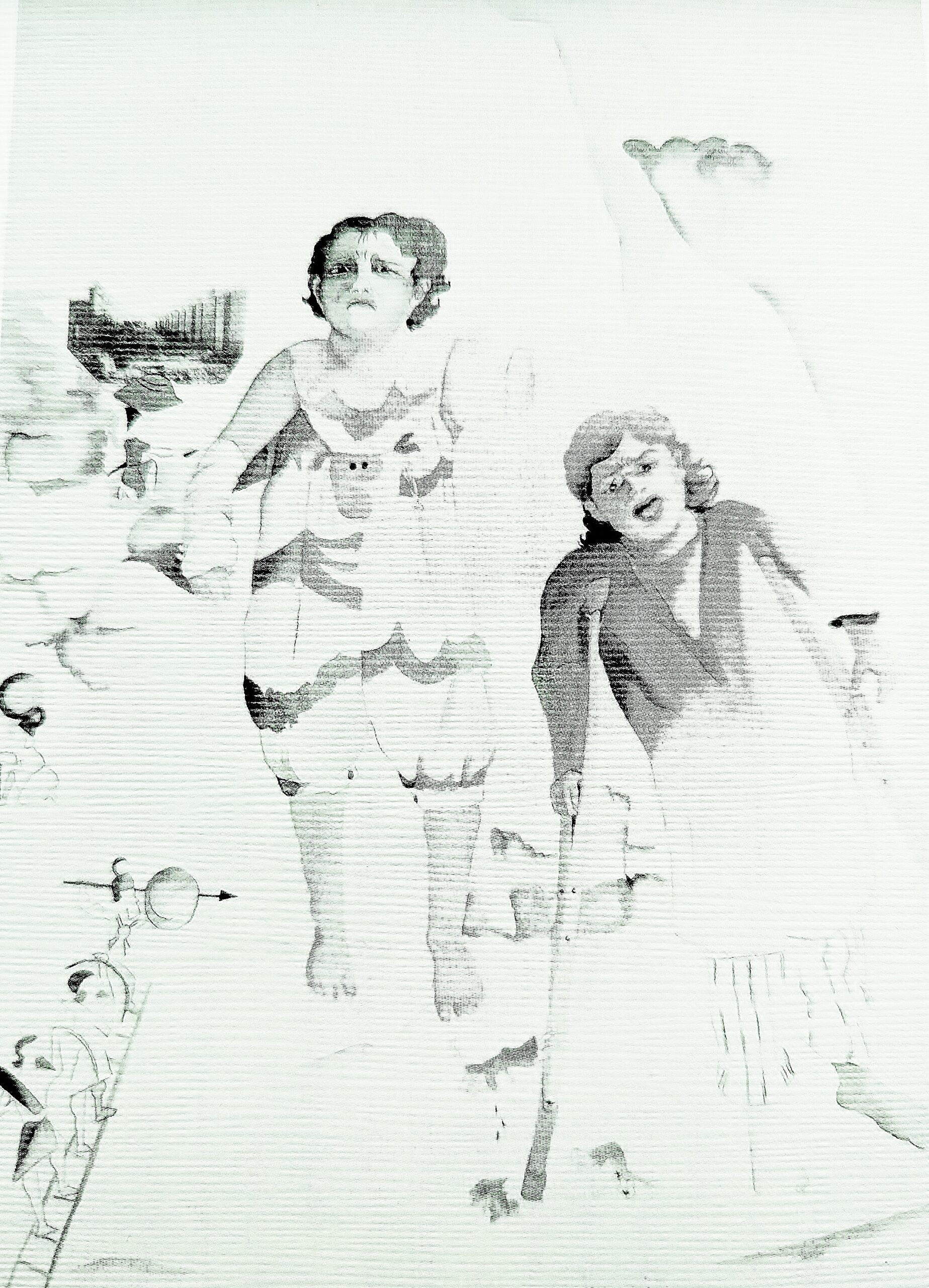
``Our Children`` watercolor d'arches 1989 Roz Al-Aswad
Art has thus preserved this memorable trip in addition to pictures and stories written and unwritten.
Opening Image
Chris and Mandy were thrilled to be basking in front of the “Lion of Babylon” monument.
About Dr. Basel Al-Aswad,
Dr. Basel Al-Aswad is an orthopedic surgeon in Chicago, USA. Born in Baghdad in 1946, he graduated from Al Ta’sissiyah Elementary School in 1957 and Baghdad College High School in 1962. After finishing University of Baghdad Medical School and Army Reserves, Basel immigrated to the United States in 1970 and pursued his specialty training in orthopedic surgery. Now semi-retired, his passions range from archiving his family’s history, to lecturing on mindfulness, and writing a column in Escape Into Life https://www.escapeintolife.com, an online literary & arts magazine founded by his late son, Chris. He enjoys spending time with his large Iraqi family, especially his two young granddaughters. Interested in further stories re: the boy, the house, the neighborhood in Baghdad of early 1950s go to Via Basel: Little Man in the Big House | Escape Into Life and previous columns.

